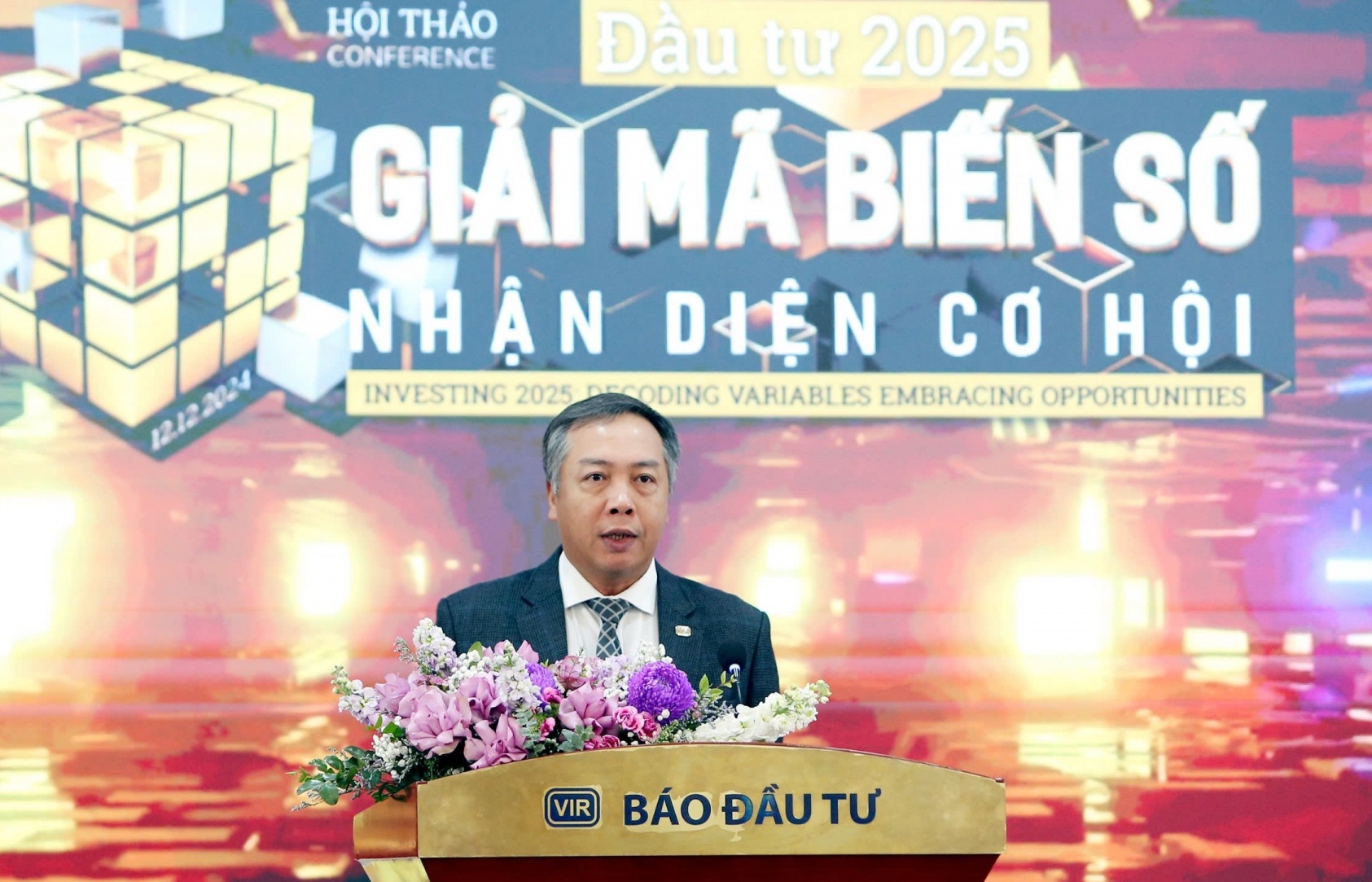Top 10 economic highlights of 2015

illustration photo
1 - Record-low inflation
In 2015 inflation was 0.63 per cent, the lowest in the past 10 years.
This is the result of the government’s policies to stabilise the macroeconomy, as well as the drop in the price of fuel. Low inflation was the basis for the decrease in deposit rates and lending rates, leading to a fall in financing costs for companies.
2 - Impressive GDP growth
GDP growth in 2015 was 6.68 per cent, the highest in the past eight years. This result is due to the recovery of various industries and a climb in consumer confidence, due to controlled inflation.
3 - FDI increased
Total registered foreign direct investment (FDI) was $23 billion. The disbursement amount was $14.5 billion, up 16 per cent on-year and double the amount of 2009. The high FDI demonstrated foreign investors’ increased confidence in Vietnam.
However, state bodies should be more selective in licensing FDI projects. Higher quality projects should be their priority. The government should also create more policies to encourage the private sector to ensure sustainable growth.
4 - Fall in oil prices
The price of crude oil fell significantly throughout 2015. In the last days of the year, the price stood at $35 per barrel, the lowest in seven years. The lower price caused a dent in revenue from crude oil exports, but has had a good effect on domestic production due to a drop in the cost of production.
5 - Free trade agreements (FTAs) ratified
In 2015, Vietnam continued to integrate deeply into the regional and global economy. Eight years after joining the World Trade Organization, Vietnam has signed many FTAs with many countries and regions, such as South Korea, the European Union, and the Eurasian Economic Union. Vietnam also joined the ASEAN Economic Community (AEC) and completed negotiations for the Trans-Pacific Partnership.
The integration means that Vietnamese companies must raise their competitive capacity in order to take advantage of the new opportunities and stand firm in the domestic market.
6 - Big economic reforms
Many laws were created or amended in 2015, such as the Law on Investment, the Law on Enterprises, the Law on Housing, and the Law on Real Estate Business.
These laws have contributed to the completion of a legal framework for the socialist-oriented market-based economy, facilitating the operation of companies. The laws are also appropriate for the economic integration of Vietnam with global markets.
These new laws, and the decrees guiding their implementation, demonstrate the government’s commitment to bringing Vietnam closer to international norms, while taking into account Vietnam’s particular characteristics.
7 - Equitisation of state-owned entreprises (SOEs)
The government, ministries and local authorities have accelerated the equitisation of SOEs in 2015.
However, the process has not moved as fast as hoped. In 2015, 200 out of 289 SOEs were equitised. These equitised companies have yet to see a big improvement in governance and economic efficiency.
8 - Interest rate, foreign exchange rate make positive movements
The restructuring of the commercial bank system saw positive results during the year. Vietnam’s low inflation allowed a decline in deposit and lending interest rates, thus decreasing the cost of financing.
Moreover, as China devalued the yuan, Vietnam changed its exchange rate in order to encourage export industries and keep the value of the Vietnamese dong stable.
9 - Recovery in the real estate market
The real estate market of Vietnam recovered well in 2015, as shown by the ascension in the sale price of many projects and the decrease in their inventory. However, some developers have used bank loans to develop projects of questionable demand, leading to an increased risk of bad debts for 2016.
10 - Improved transport infrastructure
During 2015, operations began on many transport infrastructure projects, which are set to boost the economy in the near future.
Some of these projects include the Hanoi-Lao Cai expressway, the upgrade of National Road 1A, National Road 14, and the opening of the Nhat Tan bridge and the Hanoi-Noi Bai expressway at the beginning of the year.
The opening of the 105 kilometre Hanoi-Haiphong expressway in December marked a milestone in the process of upgrading Vietnam’s transport infrastructure.
What the stars mean:
★ Poor ★ ★ Promising ★★★ Good ★★★★ Very good ★★★★★ Exceptional
Latest News
More News
- Nvidia to build two AI centres in Vietnam (December 06, 2024 | 15:27)
- Vietnam poised to lead Southeast Asia's e-commerce revolution (December 03, 2024 | 17:36)
- Economy on track to end year on upbeat note: UOB (December 03, 2024 | 08:46)
- Manufacturing sector remains in growth territory (December 02, 2024 | 16:21)
- More vigorous 2025 in sight for M&A deals (December 02, 2024 | 10:30)
- M&A market set to boom again in 2025 (November 28, 2024 | 10:40)
- Vietnam M&A Forum 2024 reveals new opportunities (November 27, 2024 | 15:42)
- Pathways for transitioning to EVs in Vietnam (November 26, 2024 | 13:54)
- The 16th Vietnam M&A Forum: A Blossoming Market (November 26, 2024 | 13:53)
- PM Pham Minh Chinh meets Ericsson CEO (November 26, 2024 | 08:48)















 Mobile Version
Mobile Version